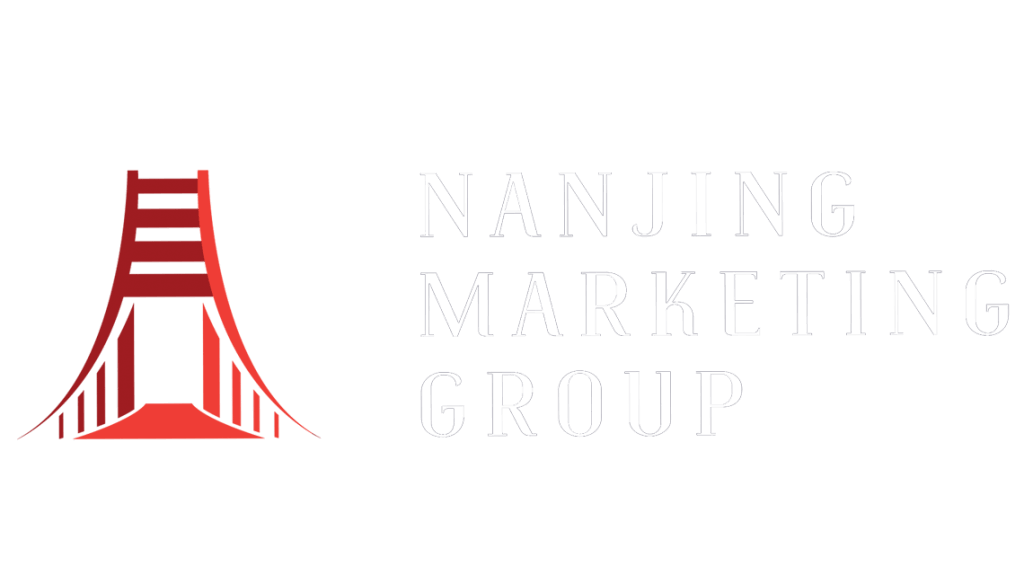No, it isn’t. At least, not in the strictest sense of the phrase.
Let’s take a look at a few points from one of the most popular posts about ABM.
According to a HubSpot post, “Account-based Marketing (ABM) is a focused growth strategy in which Marketing and Sales collaborate to create personalized buying experiences for a mutually-identified set of high-value accounts.”
This definition is set at a very high level, and I can agree with it. Good B2B marketing should seek alignment between marketing and sales.
Each potential client should get a personalized experience with the salesperson, who should be a valuable resource: diagnosing the client’s issues and providing valuable insights, regardless of whether the sale proceeds or not.
However, I have a hard time accepting the next statement, which would require a high investment of time from the marketing team. The HubSpot post goes on to say, “Account-based marketing requires you to personalize everything (e.g. content, product information, communications, and campaigns) for each account you invest your resources in.”
Yikes! Personalize everything?
I’m fine with personalizing some ads. These can be done dynamically in some cases, or even be broken down into groups of ads that are similar. However, to personalize all the content and even product descriptions is a huge investment of resources.
Of course, we could personalize everything. But, to decide whether that’s best, we need to ask ourselves if those resources would be better off invested elsewhere.
We usually write content targeted to a specific persona but not so specific that it’s only relevant to one person or company.
We pour our efforts into creating content that is the best in the world for a specific topic and persona.
It will be seen by some of these intended readers and a great deal many others too. The scope and scale of your reach through this method is somewhere in the range of 100x to 100,000x the scale of creating content for just one account.
Ad targeting issues
Another issue we face with Chinese-language marketing is that we can’t even target the potential prospects as accurately as we can in the rest of the world (RoW) market. It’s great that HubSpot can help to target ads on LinkedIn, Google, and other places. We’ve tried emulating this in China with some systems but haven’t had much luck up to now.
Whenever I talk to Chinese B2B marketers, it feels like my company is already better at precisely targeting ads for lead-generation campaigns. Yet, whenever I talk to RoW B2B marketers, it seems that their whole ad ecosystem lets them do things more accurately, cheaper, and with less ongoing manual work.
ABM marketing and sales alignment concepts
While I don’t recommend the most hardcore ABM for China, I do like the overall philosophy, especially when it comes to marketing and sales alignment.
The marketing and sales team members should communicate frequently and agree on the relevant buyer personas.
Both sales and marketing team members need to put themselves in the shoes of the target clients.
For us, the key to making this work isn’t a specific technology.
What does work, is just very basic marketing management. Specifically, these two steps:
- We keep a simple marketing plan on one Google doc and make sure everybody has access to it. It’s one page to get everybody on the same page.
- We keep a regular communication rhythm. It can be via email, video meeting, Slack, WeChat, or whatever, but it needs to be consistent.
Often, the best way to do solid marketing is simply to make sure the marketing foundation is secure.
Bottom-up analysis
Another good thing about ABM is the degree of focus it places on adapting to the highest-quality accounts. I see this as being a “bottom-up” way of analyzing things.
First, I’ll explain a top-down analysis.
Top-down analysis is great for companies that are selling a high volume of products. For example, imagine you are selling a DIY suite of legal forms at $299/each. To analyze progress, you might start with ad impressions, then see what percentage of people click the ads, then keep moving down the funnel, analyzing each step along the way to find where to make improvements.
But this method doesn’t work so well in all cases, especially for large, complex products sold in lower volumes. This is for two reasons:
- You might not have enough data.
- Not all potential sales are created equal. One might be worth $800K and another $2K.
If you used the top-down analysis in that situation, the quantitative data you have available will cause you to overemphasize the small sales.
Conversely, with ABM thinking, you should instead ignore a lot of the noise out there and focus on the key accounts you want to attract. This can be done quantitatively AND qualitatively. The sales and marketing team should look at a specific potential project and analyze what went right and wrong. Then, they can improve the marketing efforts based on that specific account. Personally, I love to analyze B2B sales & marketing in this way.
Ending
Keep in mind that I’m providing these opinions based on the strengths and weaknesses of our team too. We have the ability to create content that outperforms our competitors, but not everybody has that option.
The type of Chinese B2B marketing we do for our clients in 2021 can be considered a bit ABM-ish, but not strictly ABM.
If you have some thoughts, feel free to leave a comment. I especially would like to hear from RoW marketers since I rarely do English marketing nowadays.
